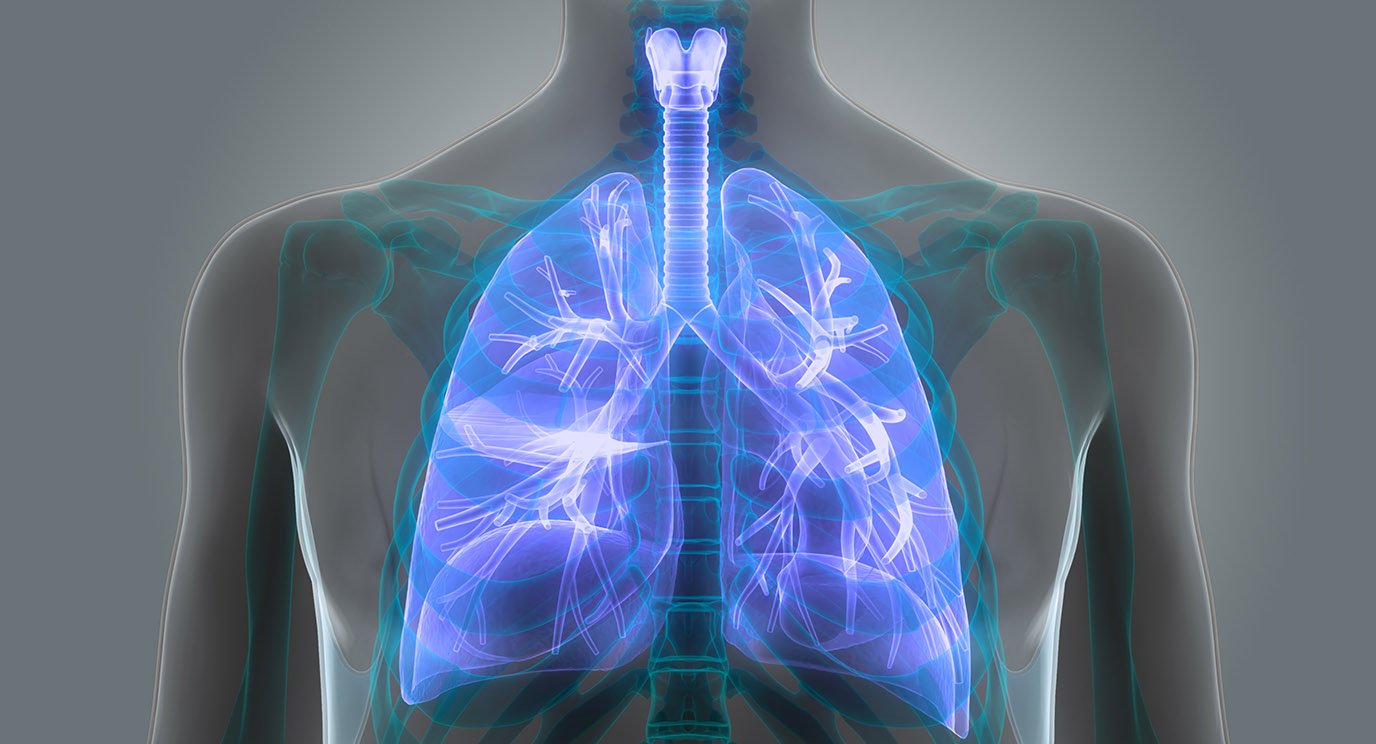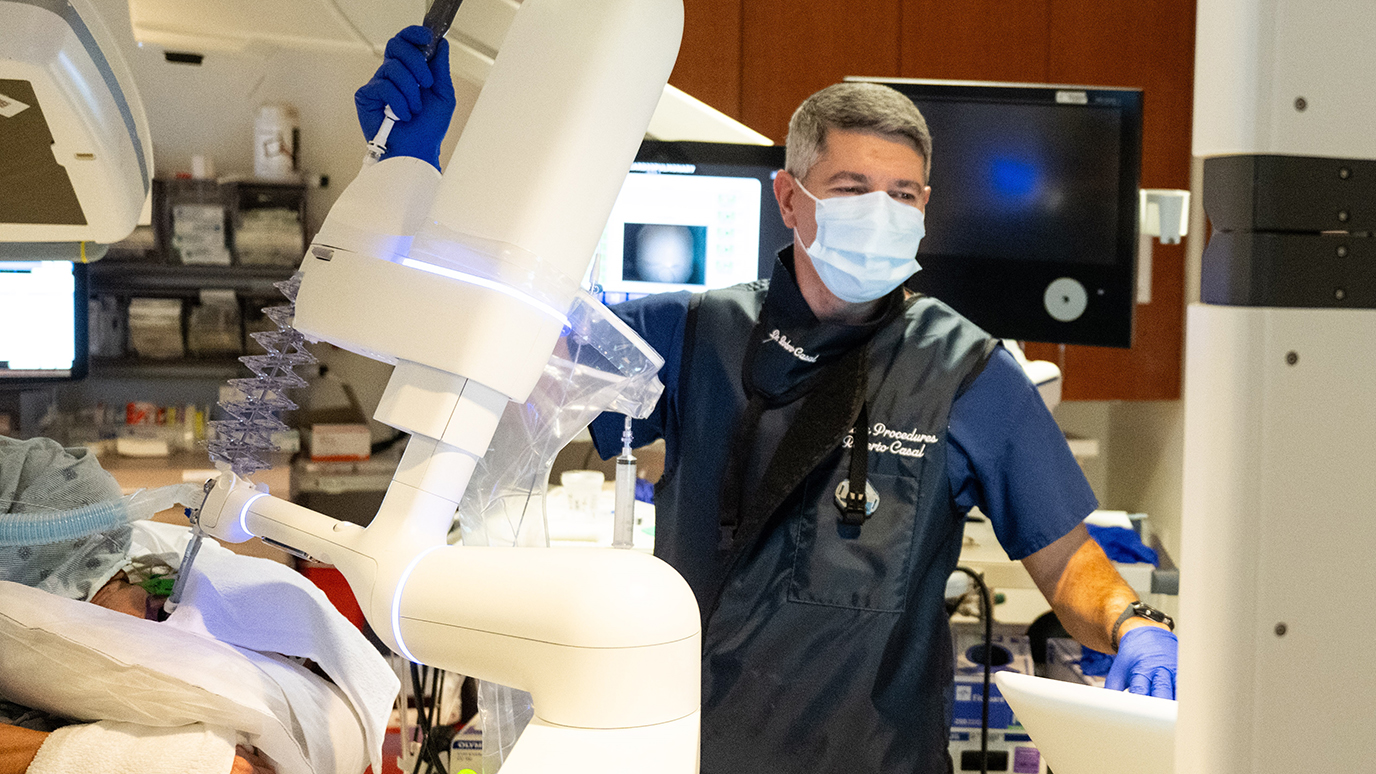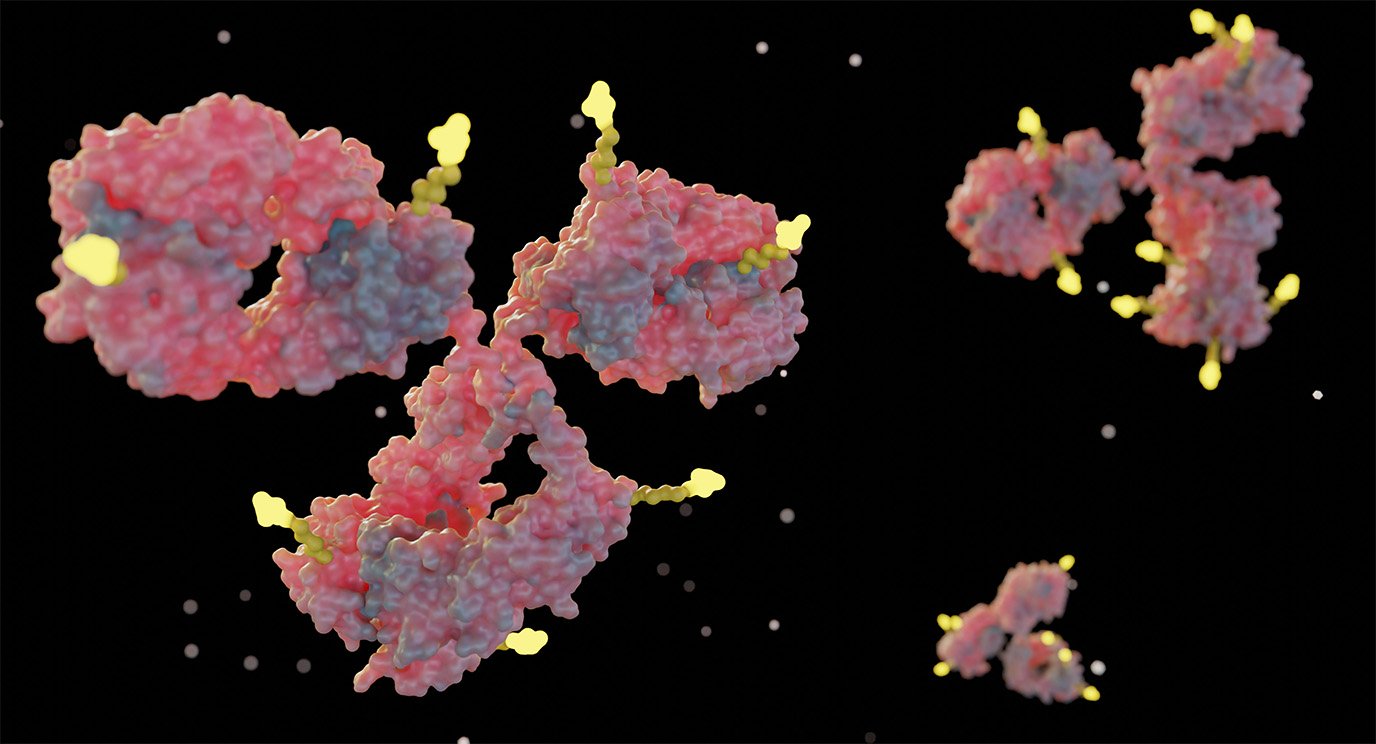- Diseases
- Acoustic Neuroma (16)
- Adrenal Gland Tumor (24)
- Anal Cancer (70)
- Anemia (2)
- Appendix Cancer (18)
- Bile Duct Cancer (26)
- Bladder Cancer (74)
- Brain Metastases (28)
- Brain Tumor (234)
- Breast Cancer (726)
- Breast Implant-Associated Anaplastic Large Cell Lymphoma (2)
- Cancer of Unknown Primary (4)
- Carcinoid Tumor (8)
- Cervical Cancer (164)
- Colon Cancer (168)
- Colorectal Cancer (118)
- Endocrine Tumor (4)
- Esophageal Cancer (44)
- Eye Cancer (36)
- Fallopian Tube Cancer (8)
- Germ Cell Tumor (4)
- Gestational Trophoblastic Disease (2)
- Head and Neck Cancer (14)
- Kidney Cancer (130)
- Leukemia (342)
- Liver Cancer (50)
- Lung Cancer (286)
- Lymphoma (278)
- Mesothelioma (14)
- Metastasis (30)
- Multiple Myeloma (100)
- Myelodysplastic Syndrome (60)
- Myeloproliferative Neoplasm (6)
- Neuroendocrine Tumors (16)
- Oral Cancer (102)
- Ovarian Cancer (178)
- Pancreatic Cancer (160)
- Parathyroid Disease (2)
- Penile Cancer (14)
- Pituitary Tumor (6)
- Prostate Cancer (150)
- Rectal Cancer (58)
- Renal Medullary Carcinoma (6)
- Salivary Gland Cancer (14)
- Sarcoma (238)
- Skin Cancer (300)
- Skull Base Tumors (56)
- Spinal Tumor (12)
- Stomach Cancer (66)
- Testicular Cancer (28)
- Throat Cancer (92)
- Thymoma (6)
- Thyroid Cancer (100)
- Tonsil Cancer (30)
- Uterine Cancer (86)
- Vaginal Cancer (18)
- Vulvar Cancer (22)
- Cancer Topic
- Adolescent and Young Adult Cancer Issues (22)
- Advance Care Planning (12)
- Biostatistics (2)
- Blood Donation (18)
- Bone Health (8)
- COVID-19 (360)
- Cancer Recurrence (120)
- Childhood Cancer Issues (120)
- Clinical Trials (628)
- Complementary Integrative Medicine (22)
- Cytogenetics (2)
- DNA Methylation (4)
- Diagnosis (238)
- Epigenetics (6)
- Fertility (62)
- Follow-up Guidelines (2)
- Health Disparities (14)
- Hereditary Cancer Syndromes (128)
- Immunology (18)
- Li-Fraumeni Syndrome (8)
- Mental Health (122)
- Molecular Diagnostics (8)
- Pain Management (62)
- Palliative Care (8)
- Pathology (10)
- Physical Therapy (18)
- Pregnancy (18)
- Prevention (936)
- Research (390)
- Second Opinion (78)
- Sexuality (16)
- Side Effects (616)
- Sleep Disorders (10)
- Stem Cell Transplantation Cellular Therapy (216)
- Support (408)
- Survivorship (328)
- Symptoms (182)
- Treatment (1788)
Advances in small cell lung cancer classification
6 minute read | Published November 25, 2024
Medically Reviewed | Last reviewed by Carl Gay, M.D., Ph.D., on November 25, 2024
Most patients with lung cancer have non-small cell lung cancer. However, around 15% of patients have a less-common type called small cell lung cancer. Small cell lung cancer progresses more rapidly than non-small cell, so it’s often detected at later stages.
While we’ve made big advances in treatment for non-small cell lung cancer, new treatment options for small cell lung cancer have historically been few and far between. But recent research in classifying subtypes of small cell lung cancer is bringing renewed hope for treatment advances. To learn more, we spoke with Carl Gay, M.D., Ph.D., thoracic/head and neck medical oncologist.
Comparing small cell and non-small cell lung cancer
Previously, medical oncologists have had limited data on treatments specific to small cell lung cancer. “It's often the same doctors treating both non-small cell and small cancer lung cancer,” says Gay. “So, we've tried to mimic what we've done for non-small cell treatment in small cell, taking one paradigm and applying it to the other.”
But how similar are the two types of lung cancer in reality? “Other than arising from the lung, small cell lung cancer doesn't share all that much in common with non-small cell lung cancer,” Gay explains. “Recently, we’ve started exploring the distinct qualities of small cell lung cancer, and how we can exploit those as vulnerabilities for treatment.”
Describing small cell lung cancer
Advances in non-small cell lung cancer treatment have been driven by targeted therapy that takes advantage of specific gene mutations, or physical changes to the DNA sequence that defines a gene. “Small cell lung cancer doesn't have what we call ‘driver mutations,’ at least not in the sense that the mutations are oncogenic and targetable the way that they are in non-small cell,” Gay says.
Instead, diversity in small cell lung cancer is driven by differences at the epigenetic level. This means rather than the DNA sequence of the genes being changed, other factors influence which genes are expressed and which are not. These things include transcription factors — a type of protein that helps control gene expression — and chemical changes to the DNA.
Subtypes of small cell lung cancer
In 2021, Gay and others identified four subtypes of small cell lung cancer (SCLC):
- SCLC-A
- SCLC-N
- SCLC-P
- SCLC-I
SCLC-A makes up about half of small cell lung cancer cases, SCLC-N makes up about a fifth and SCLC-P and SCLC-I are between 10-15% of cases each.
Three of the subtypes are based on which dominant transcription factor is present in that tumor: ASCL1 (A), NEUROD1 (N) or POU2F3 (P). “The transcription factor sets off the cascade of events that makes each subtype look different,” Gay explains.
The “I” in the fourth subtype, SCLC-I, stands for inflamed. In general, small cell lung cancer is an immune cold tumor, meaning the immune system is mostly absent from the tumor microenvironment. “What's unique about the SCLC-I subtype is that it exhibits a lot of inflammatory features, so we see immune checkpoints, T cells and other immune cells that infiltrate within the tumor,” says Gay.
To assign subtypes, researchers initially needed gene expression pattern data for about 1,300 genes. At its fastest, the turnaround time for this testing is around seven to 10 days. “That’s fine in the lab when time is not of the essence, but it's not practical to do with a patient,” Gay says. “Because the disease is so aggressive, the hope is to start a patient on therapy within days after the initial biopsy.”
Using blood-based assays to classify subtypes of small cell lung cancer
To speed up the classification process, researchers turned to blood samples. These are quicker and easier to obtain than biopsies, especially if a second sample is needed. But scientists can’t easily measure gene expression patterns from blood with current technologies. “Instead, we looked at the methylation patterns of the DNA, to see if we could predict the subtype from that information,” explains Gay.
Methylation is a chemical change to DNA. It doesn’t affect the DNA sequence of a gene, but it does change the shape of a particular section of DNA and can affect whether a transcription factor has access to that section. Typically, when a promoter — a section of DNA that comes right before a gene — is methylated, the expression of the associated gene is decreased or stopped entirely.
The researchers discovered that they were able to predict subtypes based on the methylation pattern from tumor tissue. Then, they confirmed they could get the necessary information to replicate this prediction from a blood sample alone.
This is feasible because small cell lung cancer sheds a lot of circulating tumor cells and circulating tumor DNA (ctDNA). Gay explains, “We can look at the methylation patterns associated with the ctDNA and predict which genes are expressed or not expressed, which then allows us to classify the tumors.” Theoretically, blood-based assays can be adapted and scaled for a turnaround time of a matter of days, leading to less time between diagnosis and treatment.
Leveraging subtypes to treat small cell lung cancer
Classification of SCLC will help clinicians predict which patients might benefit from which therapies. “For example, approved immune checkpoint inhibitors seem to offer greater benefit for patients with SCLC-I compared to the other subtypes,” Gay says. “So, we're proposing immune checkpoint inhibitor-focused treatments in that subgroup. Whereas in the other three subtypes, we think there needs to be some additional stimulation for immunotherapy to work.”
Trials are planned to open within the next year that will first assign patients to a subtype, then assign them to a therapy based on that subtype. Clinicians plan to compare these subtype-specific approaches to the current one-size-fits all standard of care.
Scientists are also developing new targeted therapies specifically for small cell lung cancer. “It's going to be really gratifying to personalize therapy for small cell lung cancer, because that was an unthinkable possibility even half a decade ago,” Gay notes. “For the first time, we have new targeted therapies specifically for small cell lung cancer that have shown unprecedented response rates for a disease that has historically responded poorly to treatment.”
Looking forward
These new therapies are still a couple of decades out from being standard of care, as researchers work to connect subtypes with specific treatments and confirm their safety and effectiveness. So for now, clinical trials may be especially important for patients with small cell lung cancer.
“We have a lot of new options that I think are going to be game changers in treating small cell lung cancer,” says Gay. “A lot of the data out there on survival and prognosis is outdated, so patients should focus on the last few years of progress and less on historical numbers. We’re finally at a point where we have both the ideas of how to treat small cell lung cancer and the tools to act on them.”
Request an appointment at MD Anderson online or call 1-833-758-0936.
Key takeaways
- Small cell and non-small cell lung cancer are very different diseases and need to be treated differently.
- SCLC has four known subtypes.
- SCLC subtype can be classified based on just a blood sample.
- Subtypes are being used in clinical trials to personalize treatments for patients with SCLC.
Related Cancerwise Stories

We’re finally at a point where we have both the ideas of how to treat small cell lung cancer and the tools to act on them.
Carl Gay, M.D., Ph.D.
Physician & Researcher





